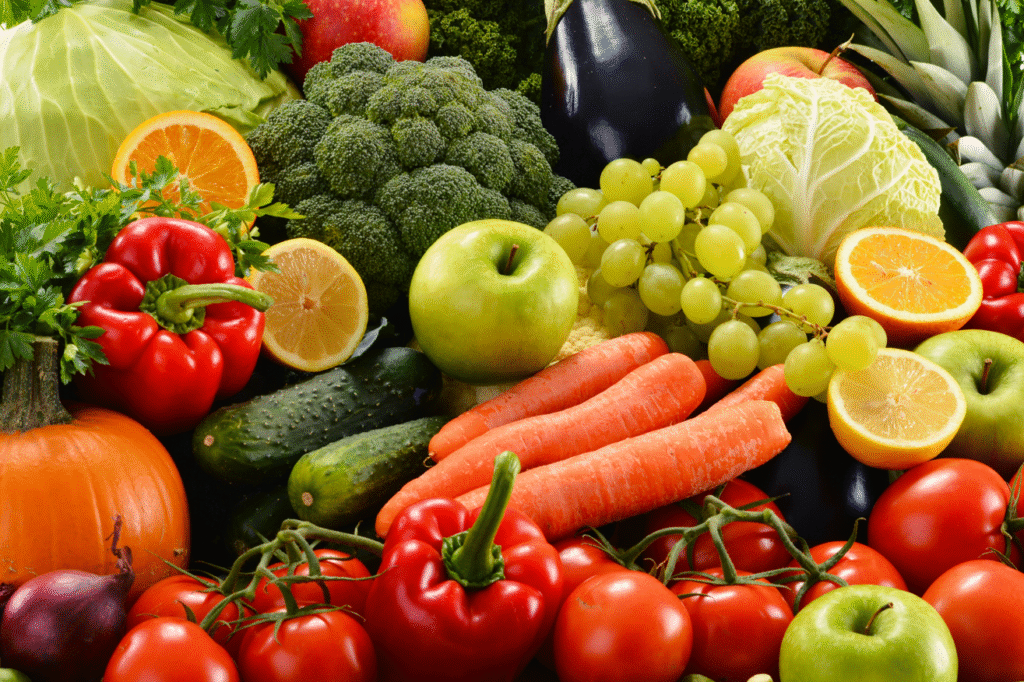The human body is remarkable. When food is scarce, it uses energy stored in adipose cells. These cells store fat but also help insulate the body, cushion organs, and release hormones that regulate appetite, metabolism, and inflammation. Adipose tissue sits mostly under the skin (subcutaneous) and around internal organs (visceral fat). Smaller amounts appear in the bone marrow, eye sockets, palms, soles, and breast tissue. When too much energy is stored, body weight rises, leading to overweight or obesity. In Australia, about 66% of adults aged 18 and over live with overweight or obesity, based on BMI ¹. This article doesn’t explore all the complex causes of weight gain. Instead, it looks at why someone might consider losing weight, clears up common myths, and highlights what to focus on when starting out.
Why Someone May Consider Losing Body Fat
It’s important to avoid stigmatising individuals living with overweight or obesity, as this often discourages people from seeking help. Moving away from a narrow focus on “personal responsibility” helps create better policies and interventions that address the broader social and environmental drivers of health ². Body fat storage is normal and even healthy within certain ranges. However, as body fat and waist circumference increase, so does the risk of comorbidities such as:
- High blood pressure
- Type II diabetes
- Heart disease
- Stroke
- Fatty liver
- Certain cancers
- Gout
Generally, health professionals recommend weight loss when waist circumference exceeds 88 cm (35 in) for women and 102 cm (40 in) for men and Body Mass Index (BMI) is greater than 24.9 ³. These markers indicate a higher risk of disease linked to fat, especially visceral fat which is stored around organs ⁴. Although broader social and environmental issues can be hard to change, each person can still take steps toward better health within their own resources and access.
Busting Weight Loss Myths
Excluding food groups:
Unless medically necessary (e.g., allergies or intolerance), it’s best not to eliminate whole food groups. A balanced diet that includes carbohydrates, fats, and proteins provides a wide range of micronutrients and supports long-term adherence. Adequate fibre intake from fruits, vegetables, and whole grains supports digestion, colon health, and even lowers certain cancer risks. Although popular anecdotal methods like “cutting carbs” might sound simple, it can cause more harm than good.
“Slow metabolism”:
Although metabolism varies between individuals, but it’s determined by two main factors:
- Resting Metabolic Rate (RMR): energy used at rest
- Physical Activity Level (PAL): energy used during activity
Together, these form your Total Daily Energy Expenditure (TDEE), which changes with activity, body size, and environment. For most people, metabolism isn’t drastically fast or slow, it’s adaptable. The human body always tries to maintain homeostasis (avoid change) so acute changes in diet and activity matter less compared to chronic, repeated inputs.
“BMI isn’t accurate”:
It’s true that Body Mass Index (BMI) doesn’t distinguish between fat and muscle, but it remains a useful screening tool. When combined with waist circumference, it gives a clearer picture of health risk. Considering that nearly 47% of Australian adults report spending most of their day sitting ⁵, BMI likely reflects real excess body fat in most cases rather than someone who is just overly muscular or “big boned”.
“Eating too little stops weight loss”:
This myth often stems from confusing food volume with energy density. Consider the following examples:
- High-energy, low-volume foods: e.g., a handful of nuts (~200 cal) or a few pieces of chocolate.
- Low-energy, high-volume foods: e.g., a large salad with lean protein (~200 cal).
People sometimes switch to higher-volume, lower-calorie foods and feel they’re “eating more,” when in reality they’re consuming fewer calories. Simply put, a large bowl of salad greens and even some protein like shredded chicken can still have fewer calories than a couple of chocolate bars. Fat loss occurs only when energy intake is lower than energy expenditure, prompting the body to use stored fat for fuel. Tweaking your diet may find you actually eating more food, but you’ll technically be consuming less calories if you are losing weight.
What to Focus on When Losing Weight
Audit Intake and Find a Baseline:
Track what you eat for several days to establish a realistic baseline. You can’t improve what you don’t measure. Often, small habitual items like nightly drinks or snacks add more energy than you think. It’s smarter to change as little as required to reduce friction when shifting behaviors. Having a baseline makes it clear what needs to change and what can remain the same.
Set Clear Targets:
Targets act like a GPS. Examples include:
- Protein: 1.2–1.6 g per kg of body weight
- Fibre: ~30 g per day
- Calorie range: Based on your current weight and activity level
Targets help guide food choices toward nutrient-dense, high-volume options like lean meats, legumes, fruits, and vegetables. It can give opportunities to make targeted change as well. I.e., someone may already have a decent fibre intake but needs to consume more protein. This may prompt the switch to lower calorie, higher protein options such as leaner cuts of meat and fat-reduced dairy.
Troubleshoot Progress:
It would be a shame to go many weeks or even months without seeing progress. Regular check-ins and troubleshooting issues will help people course-correct. We recommend individuals weight themselves at least three times per week under similar conditions to calculate a weekly average. Combined with monthly waist measurements, individuals can ascertain whether or not progress is occurring. for a fuller picture. If someone is resistance training sufficiently they may see waist changes outpace scale changes as fat is lost and lean mass is maintained.
Come out as a winner with weight loss
Losing weight isn’t about perfection it’s about planning, flexibility and consistency. Focus on the fundamentals: understanding energy needs, setting measurable goals, and monitoring progress. For everyone, the general advice is to avoid quick fixes, stay patient, and prioritise health over numbers. Lastly, it’s important individuals have flexible pausing and exiting strategies when weight loss is no longer practical as circumstances may change. If you are looking for guidance with managing body weight or would like help building a sustainable dietary habits, our expert coaches at Sydney Strength Training can guide you through evidence-based, practical strategies tailored to your goals. Contact us today.
References:
- https://www.aihw.gov.au/reports/overweight-obesity/overweight-and-obesity/contents/summary
- https://pmc.ncbi.nlm.nih.gov/articles/PMC9985585/
- https://www.niddk.nih.gov/health-information/weight-management/adult-overweight-obesity/am-i-healthy-weight
- https://www.niddk.nih.gov/health-information/weight-management/adult-overweight-obesity/health-risks
- https://www.abs.gov.au/statistics/health/health-conditions-and-risks/physical-activity/latest-release

